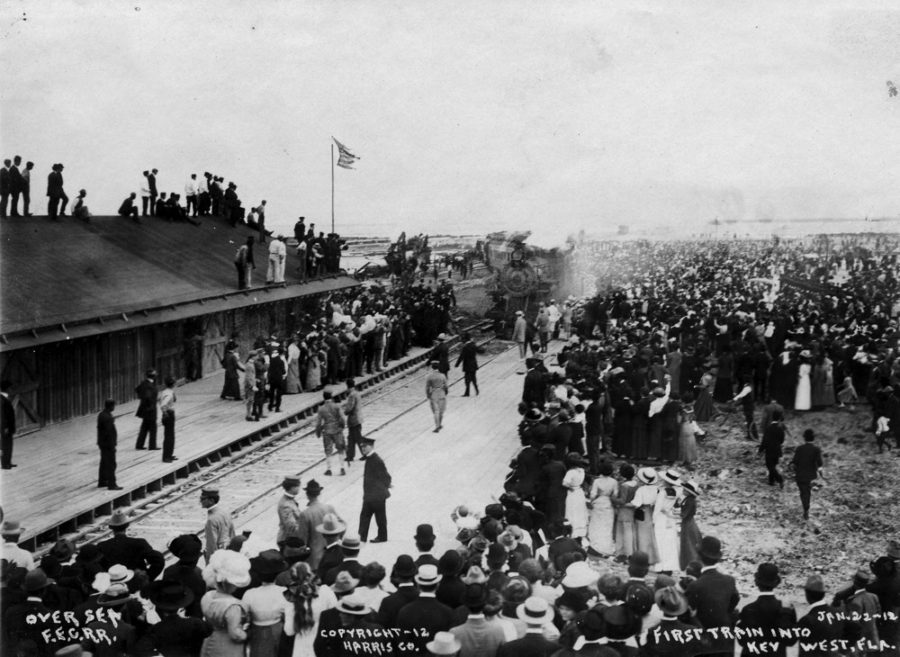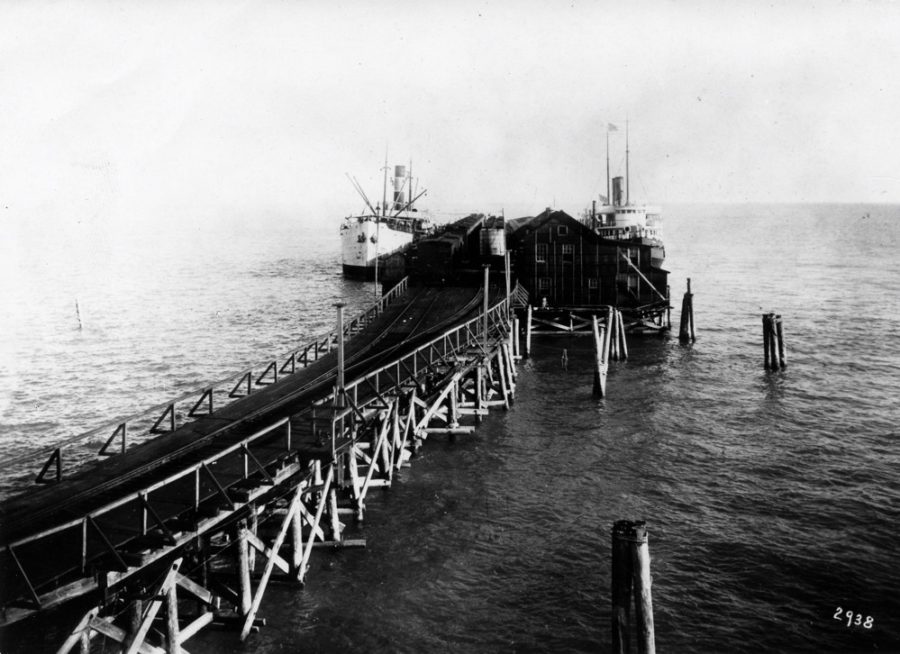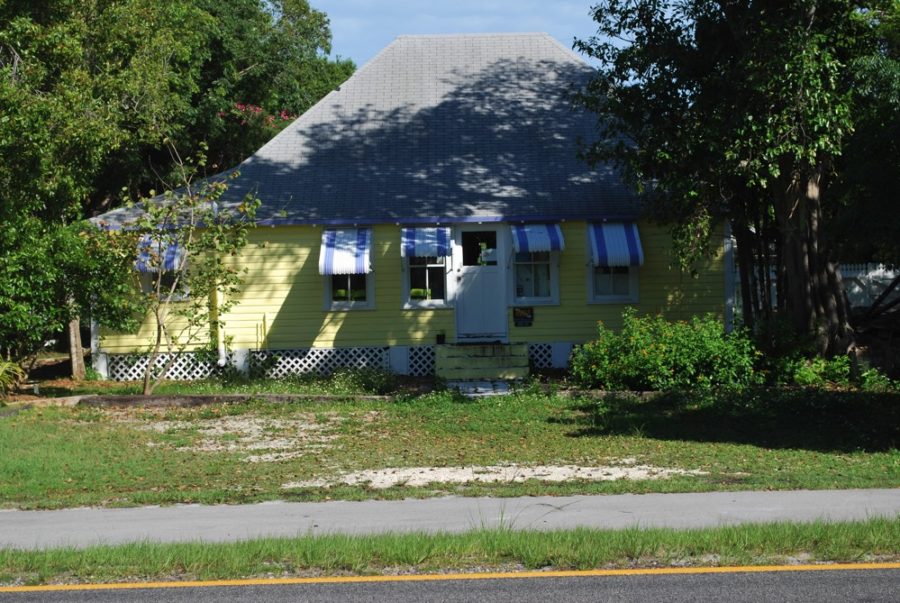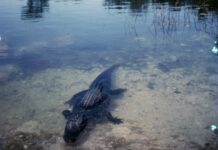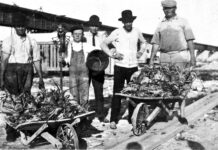KEY WEST HISTORY
While construction of Henry Flagler’s railroad had begun years prior, it was not until 1910 that the first railroad spike was hammered into the Key West substrate. As Mr. Flagler’s health failed, there began a push for work on the railroad tracks to be sufficiently completed to afford Mr. Flagler the opportunity to experience a ride along his Over-Sea Railroad. While the engine escorting “Mr. Flagler’s Special” became the first official train to arrive in Key West on Jan. 22, 1912, construction of the Key West Extension was still incomplete. Flagler’s trek in 1912 crossed several temporary wooden trestle bridges, which were replaced when construction on the permanent concrete bridges at Channel 2 and Channel 5 bridges was completed in 1916.
MIDDLE KEYS HISTORY
Before Henry Flagler’s East Coast Railway reached Key West, Knights Key, at the foot of what would become the 7 Mile Bridge, operated as the railroad’s temporary terminus. According to the Florida Times-Union of Dec. 18, 1906, “Because of the large number of vessels visiting Knight’s Key with material for the railroad extension work, the Key has recently been made a port of entry with Dr. Cotton as deputy inspector.” Docks extending from the island into deeper waters could accommodate steamships carrying passengers and freight. Daily service would begin in1908 with departure times of 5:40 a.m. and 10 a.m. and would continue until the path to Key West became operational in 1912.
UPPER KEYS HISTORY
Like many Bahamians, William Dunham and Mary Jane Albury left the islands to settle in Key West. They moved to Rock Harbor in 1886 with their three-week-old son William Beauregard Albury. In 1913, Beauregard and his father constructed a conch-style wooden house in the vicinity of Mile Marker 98. The building, still standing today, would have been just south of the Over-Sea Railroad’s Rock Harbor Depot. The Albury home remains where it was first constructed and represents the oldest house on Key Largo still standing in its original locale. Today, that building is home to the Reef Environmental Education Foundation.
— BRAD BERTELLI, Curator Keys History & Discovery Center
















